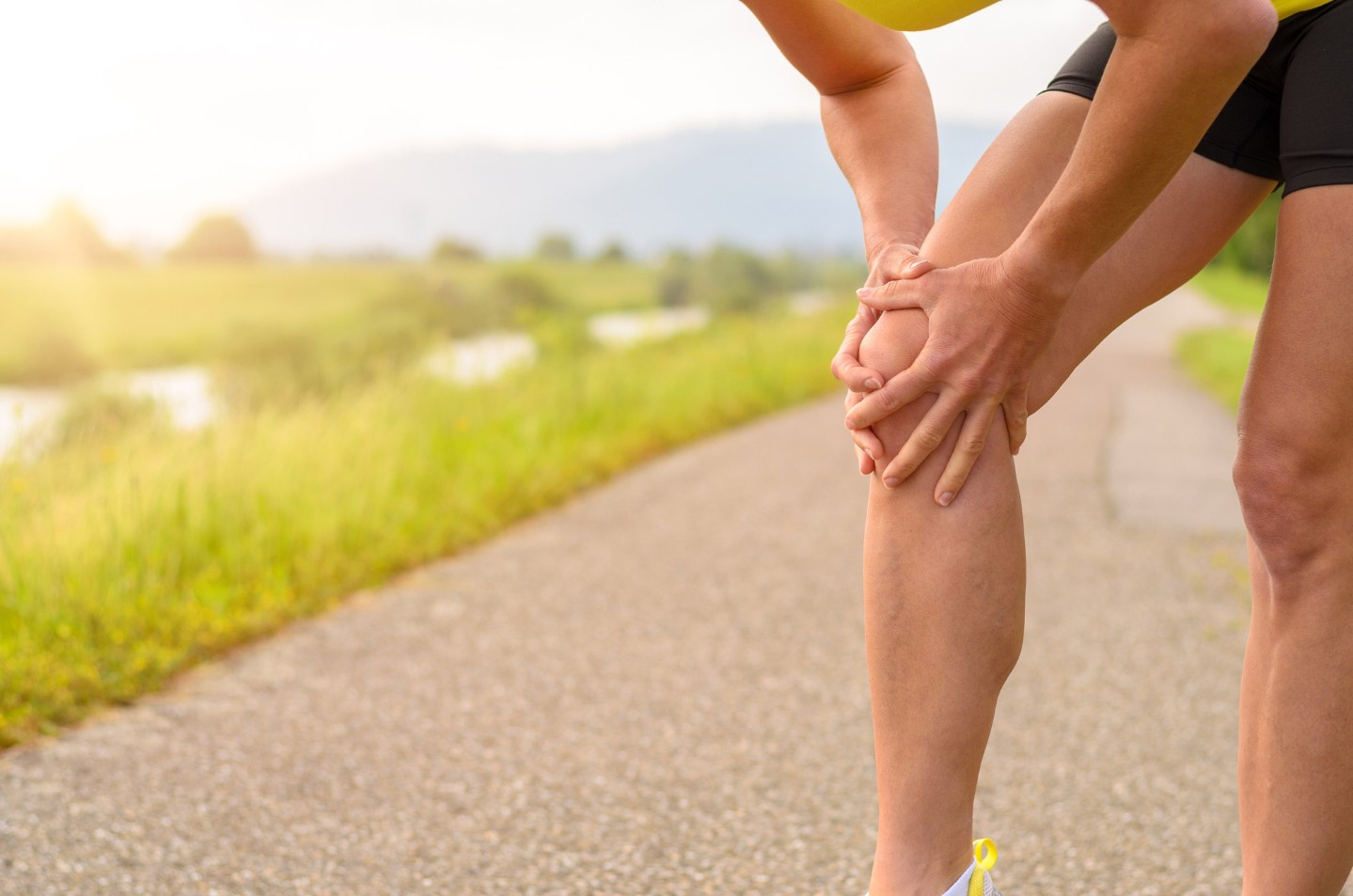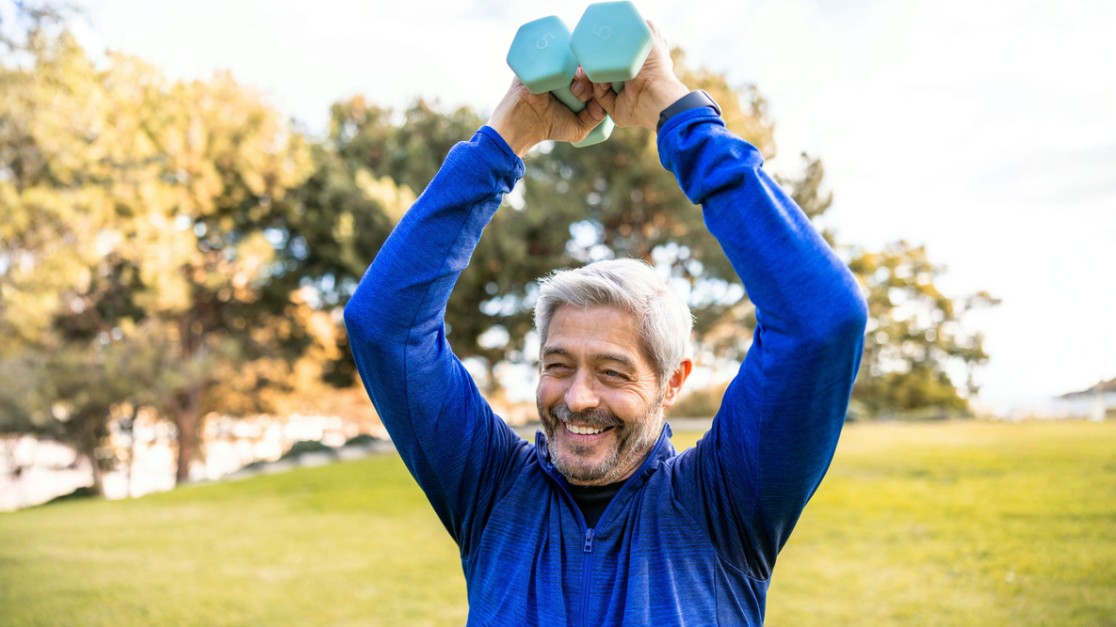Athletic Shoulder Injury Causes and Treatments
APR 18, 2025Shoulder injuries are more prevalent in sports and occupations that involve repetitive overhead motions. At-home treatments can help, but for more serious pain, see a physician.
Read More
By now anyone who has watched a sporting event has heard about the ACL, or specifically the ACL tear. Everyone knows it’s a devastating injury but few know what it actually does or is!

Our knee is comprised of four ligaments:
Ligaments connect bone to bone and are responsible as a last stabilizer for a joint after the muscles - like the brakes on a car. The MCL and the LCL are both on the outside of the knee and are responsible for the knee moving side to side. In the knee, the ACL and PCL are in the center of the knee, deep under the knee cap, and form an X shape. These two work together to prevent the lower leg from slipping forwards or backwards from the upper part of the leg.
The ACL can be injured two ways - contact and non-contact injuries. Contact injuries occur when the athlete gets hit from the outside of the knee, or from the front and the knee buckles in an awkward angle. Think of a football player getting tackled, or a soccer player making contact with another player. The other type of injury is a non-contact injury, or a plant and a twist. Usually the athlete will describe planting and twisting the knee and feeling an immediate pop. This can happen with jumping, or a start stop motion.
The ACL is extremely important in the stability of the knee, and unfortunately the tissue cannot repair itself so a significant injury does require surgery. If the patient has no interest in returning to sports or doesn’t have an active lifestyle it is possible to conservatively treat the ACL without surgery and with physical therapy.
With surgery an ACL repair can take 6-9 months to fully heal, sometimes up to 12 months. This can knock an athlete out of an entire season at times. Non-contact ACL injuries can be prevented through proper training and strengthening.

Shoulder injuries are more prevalent in sports and occupations that involve repetitive overhead motions. At-home treatments can help, but for more serious pain, see a physician.
Read More
Knee injuries are becoming more problematic in the athletic population. Our orthopedic surgeon discusses common knee injuries, treatments, and what to expect at your orthopedic appointment
Read More
Our orthopedic sports medicine specialist explains why stretching is your best defense against muscle strains and stiffness in the winter.
Read MoreWhen you need local health information from a trusted source, turn to the CHI Health Better You eNewsletter.